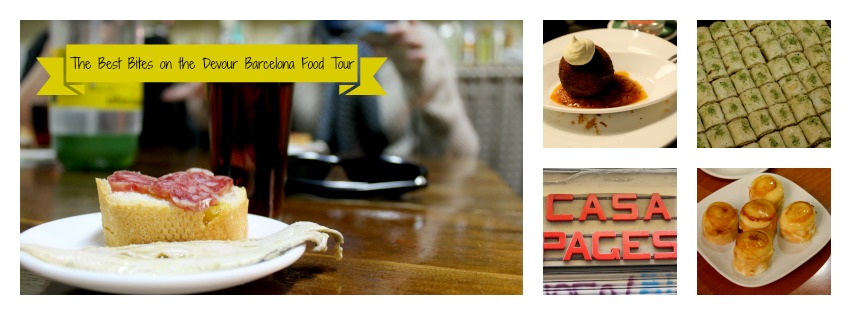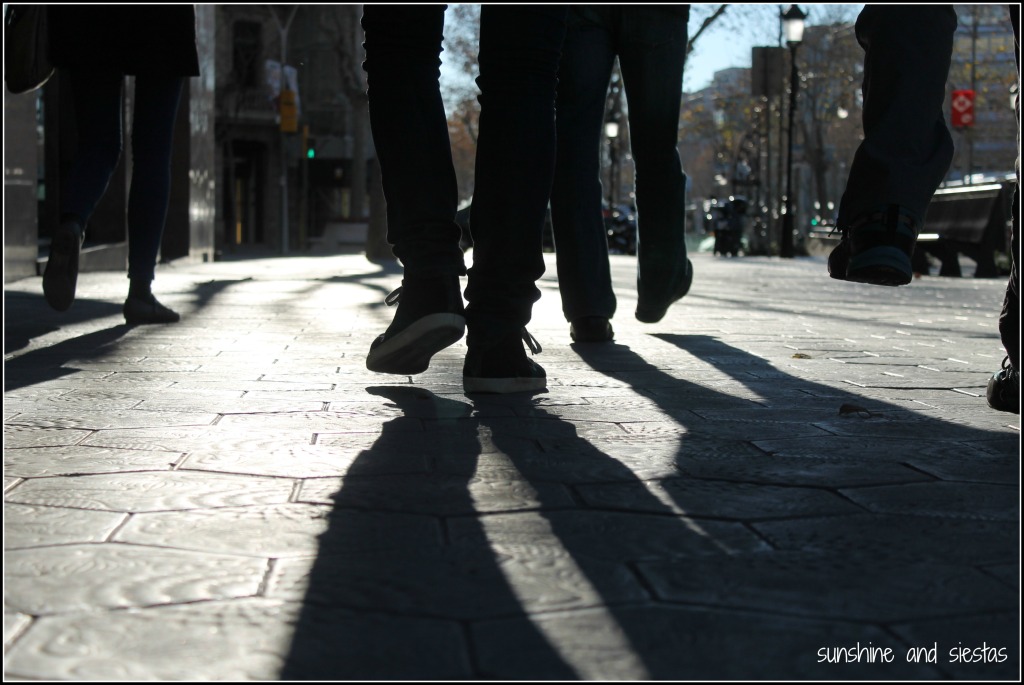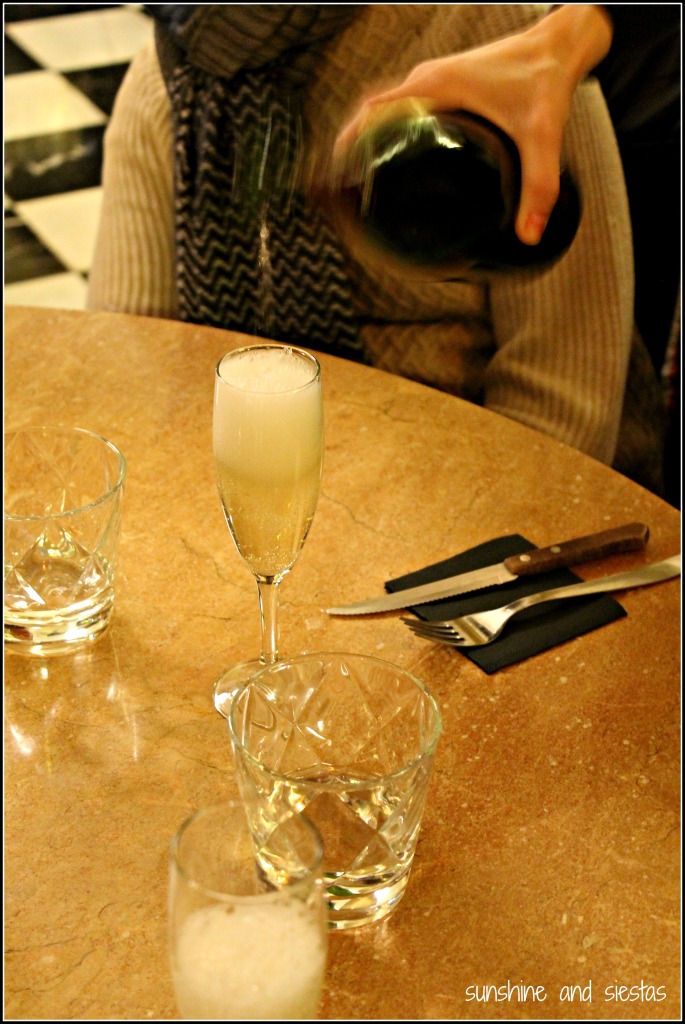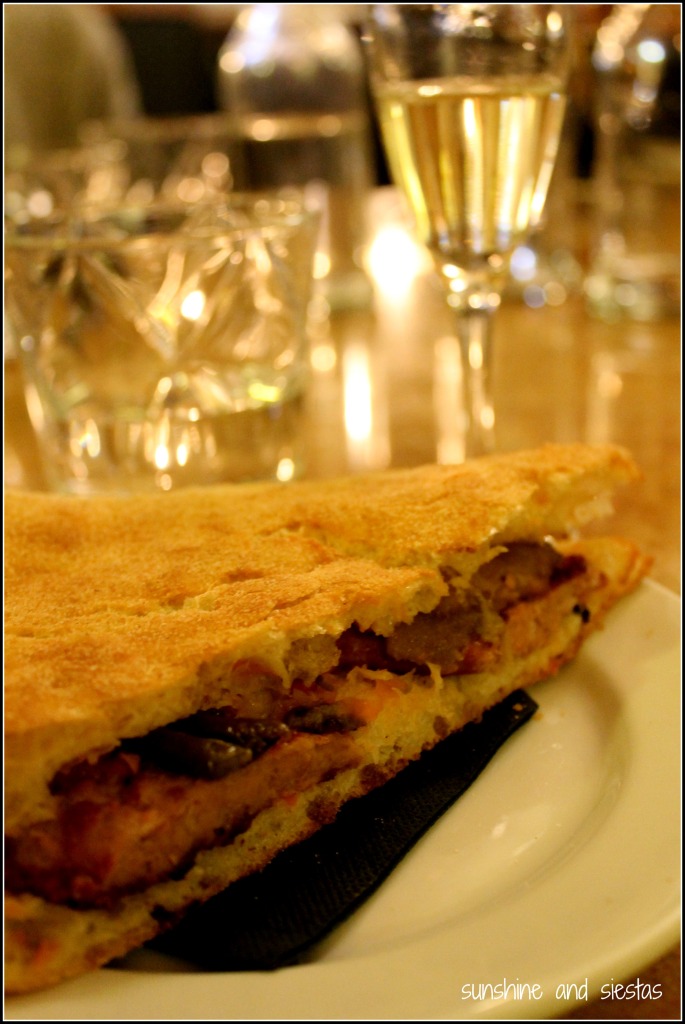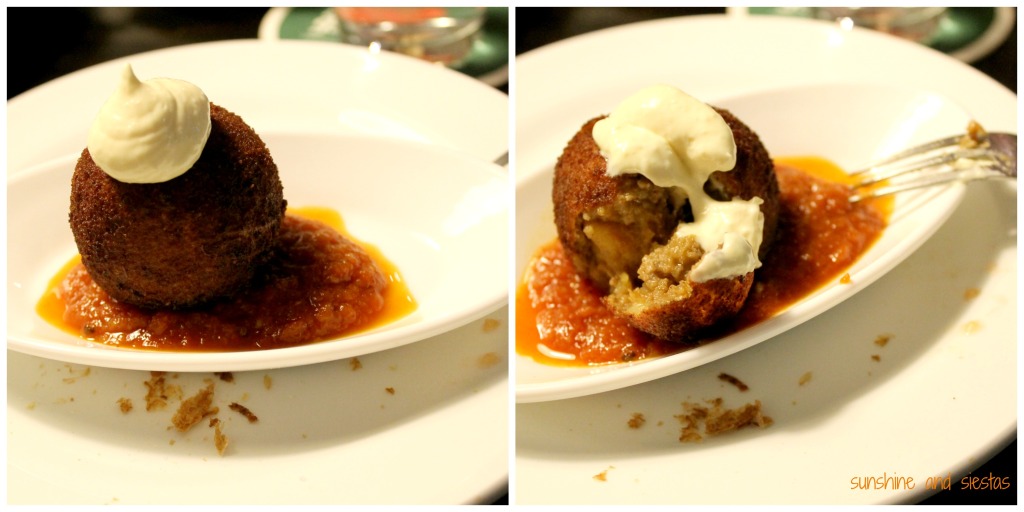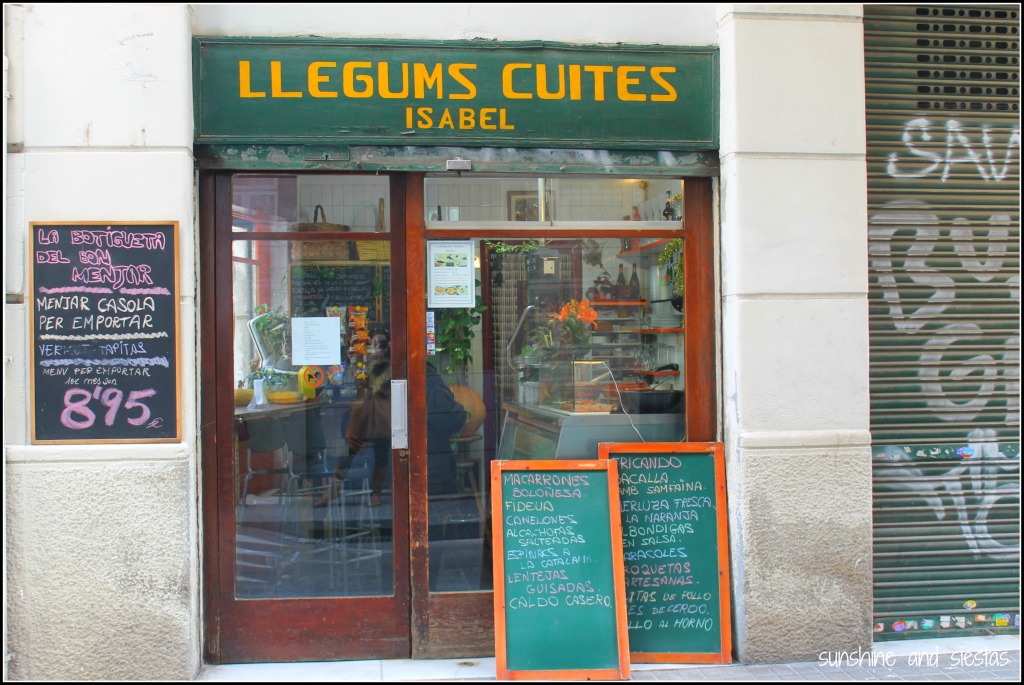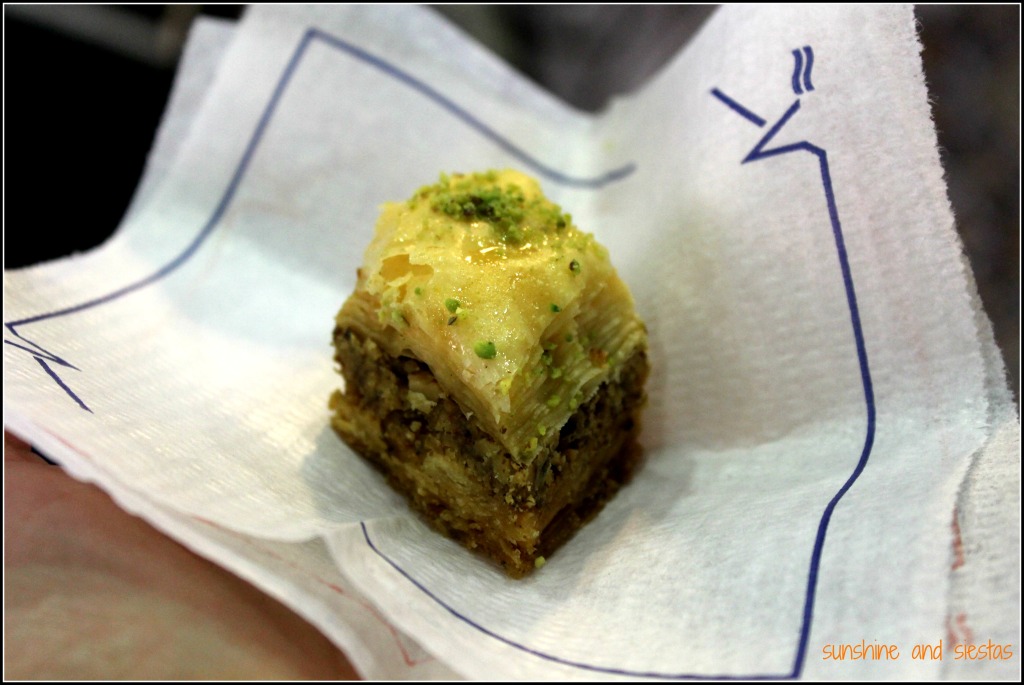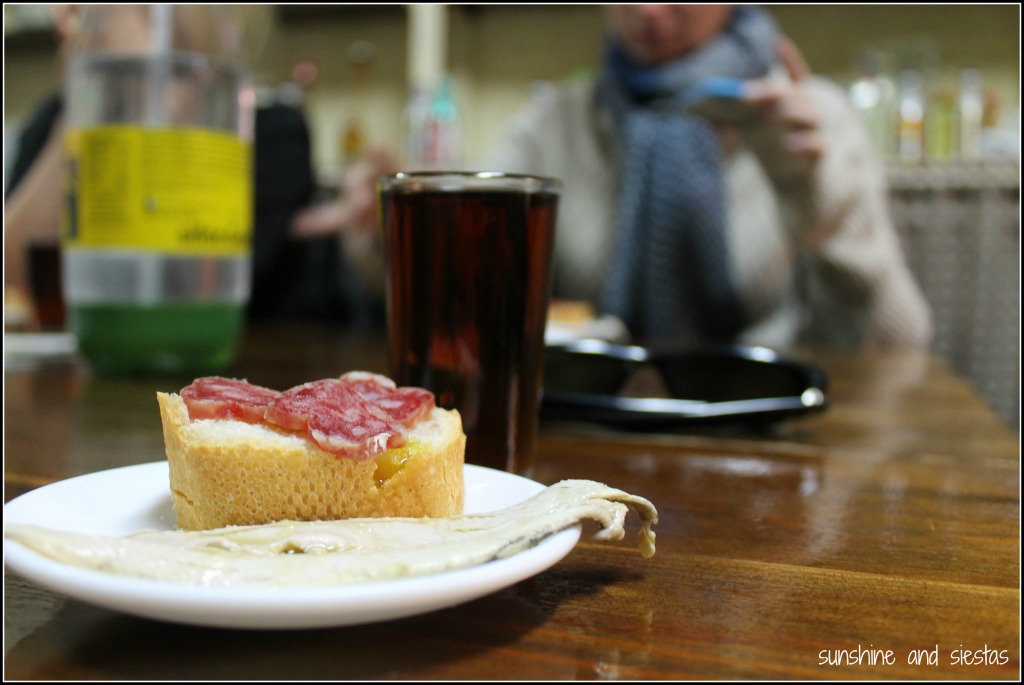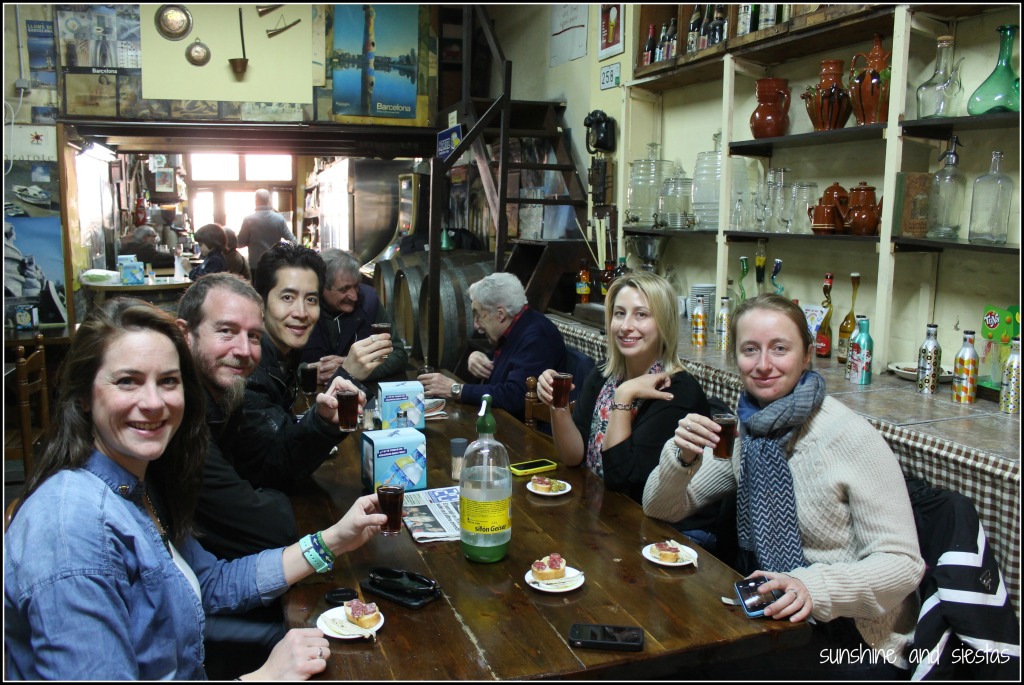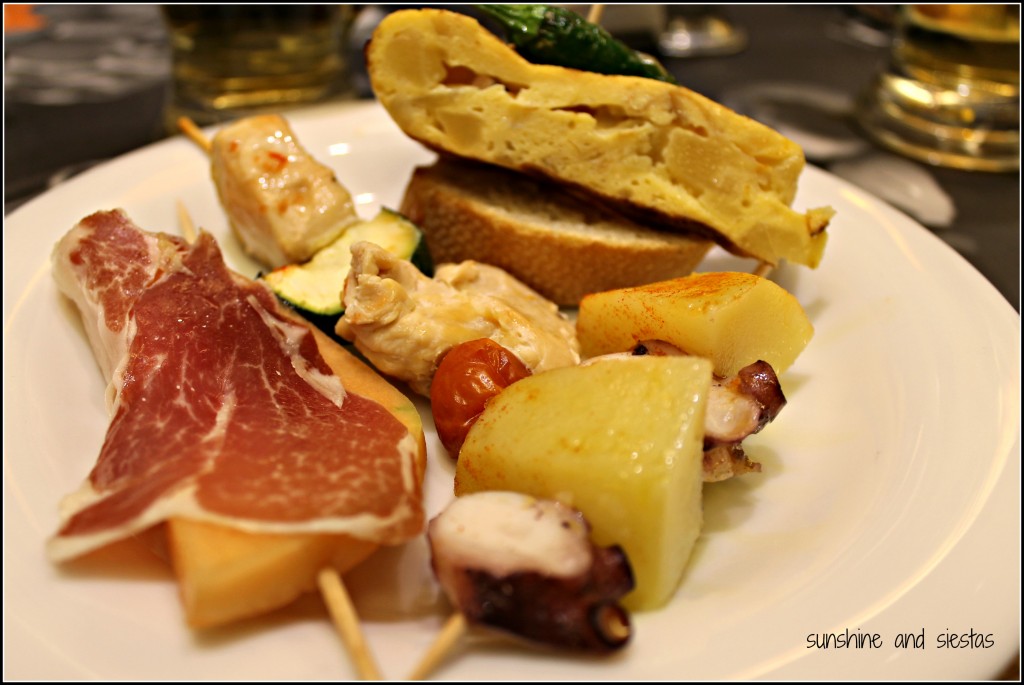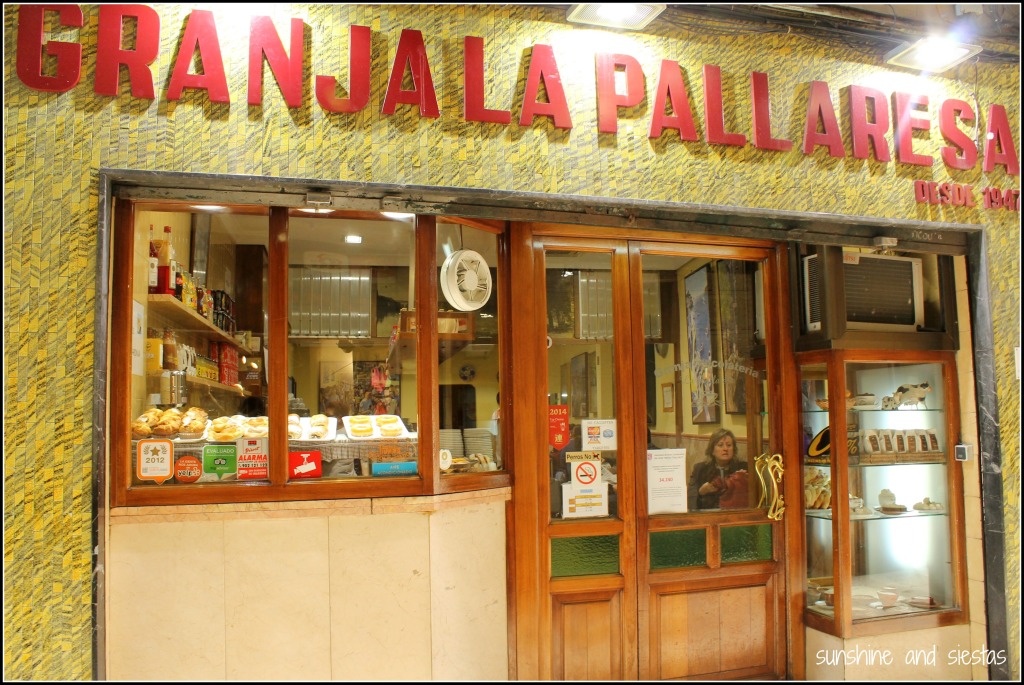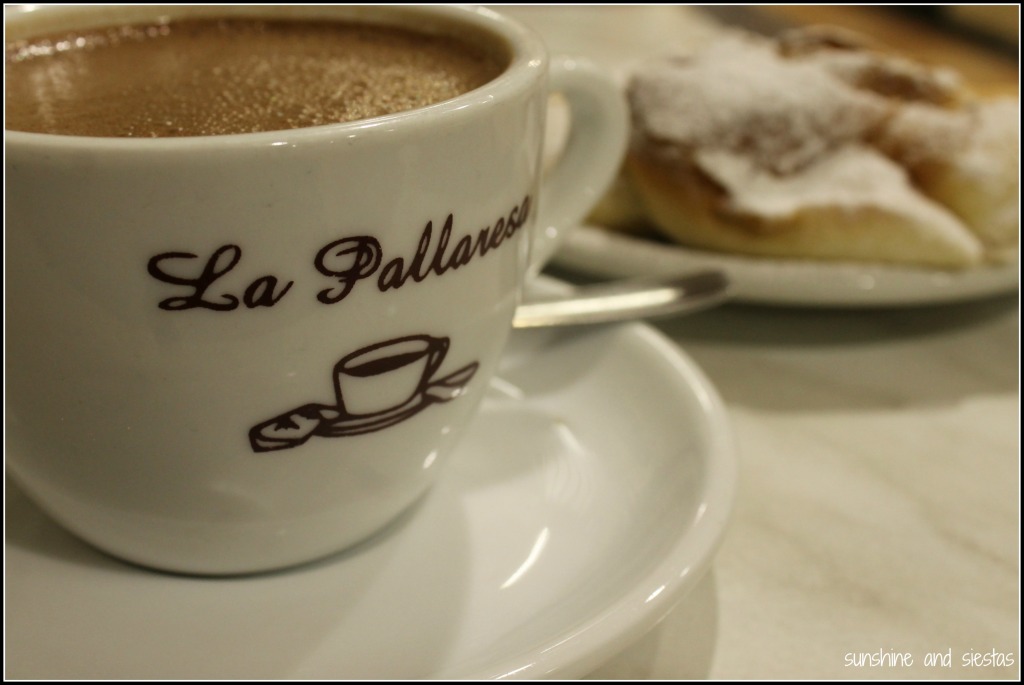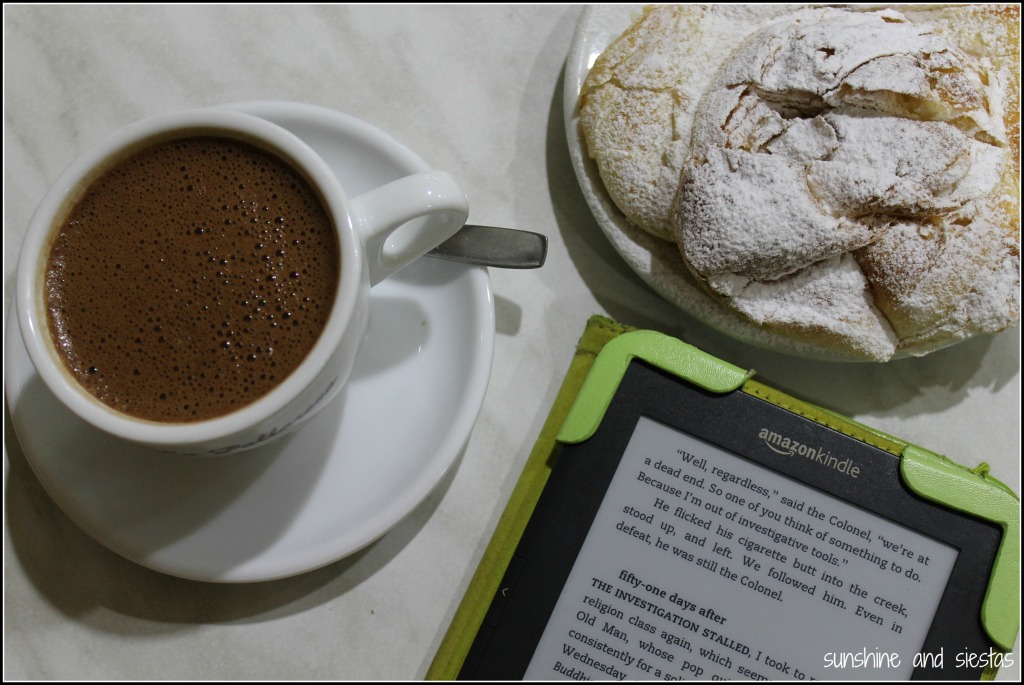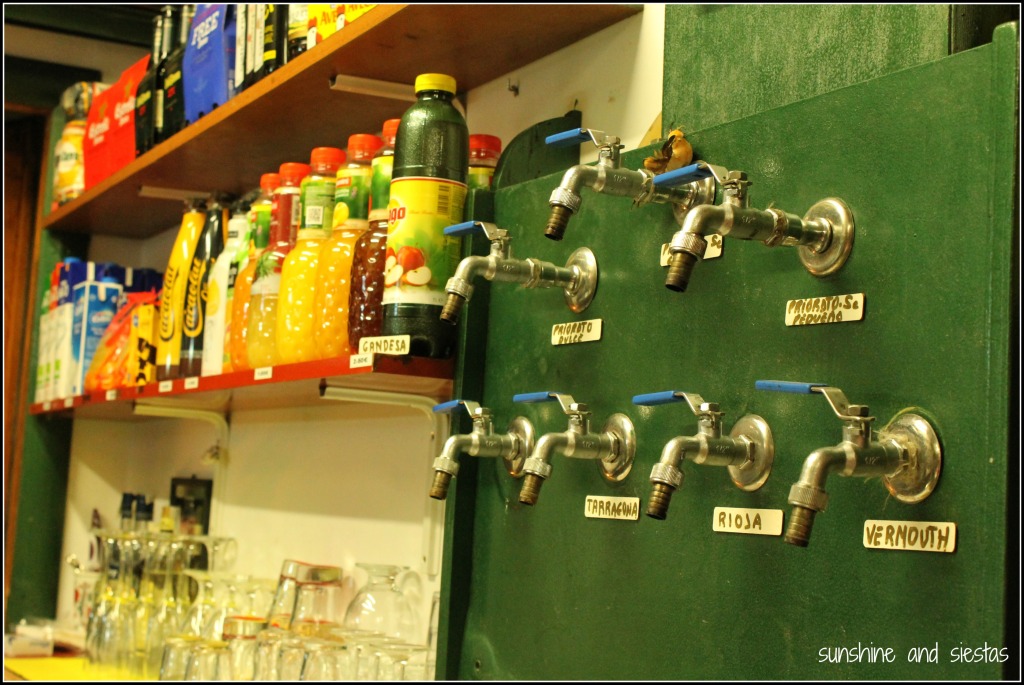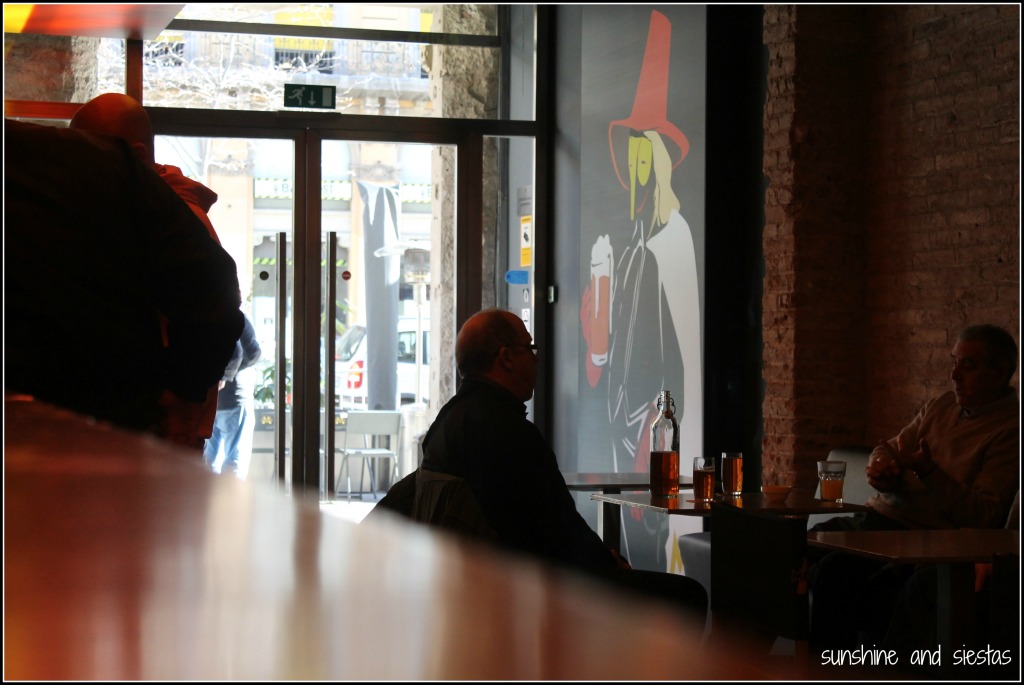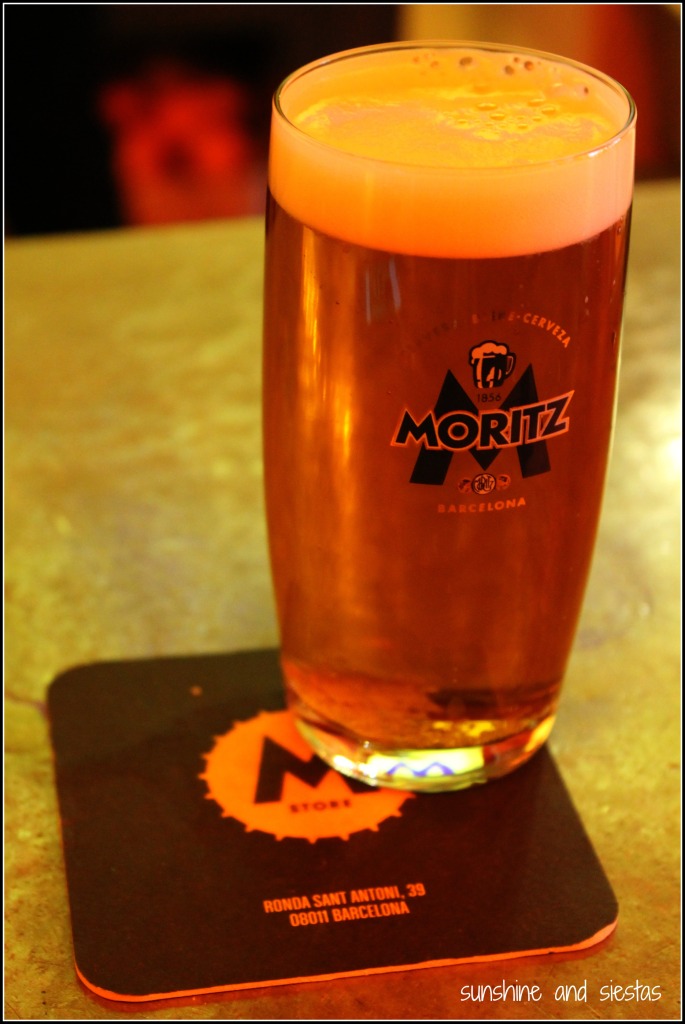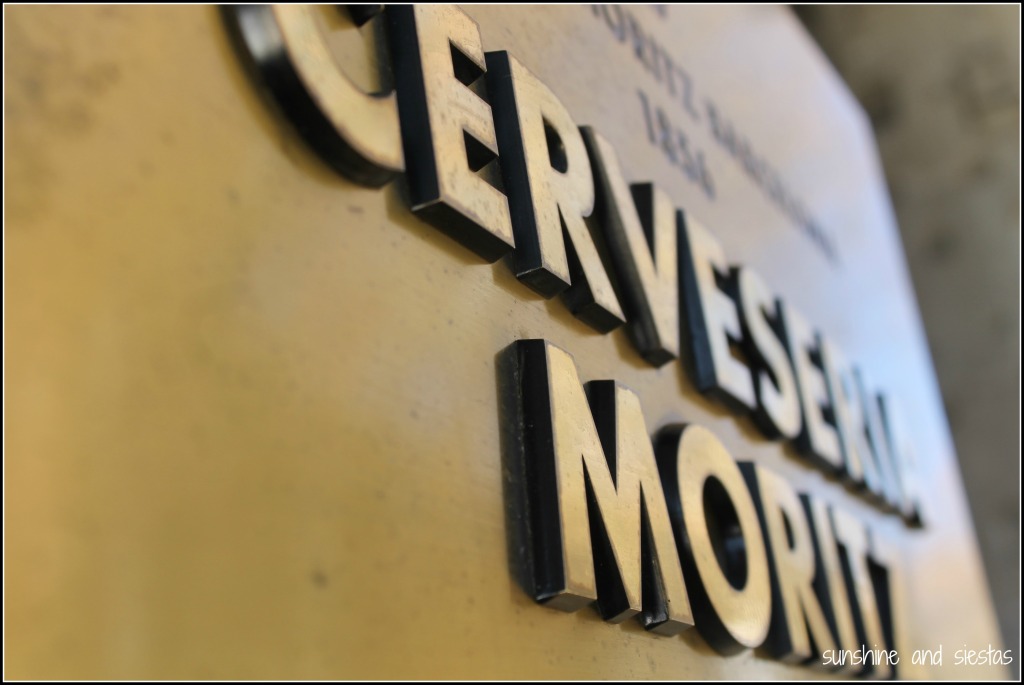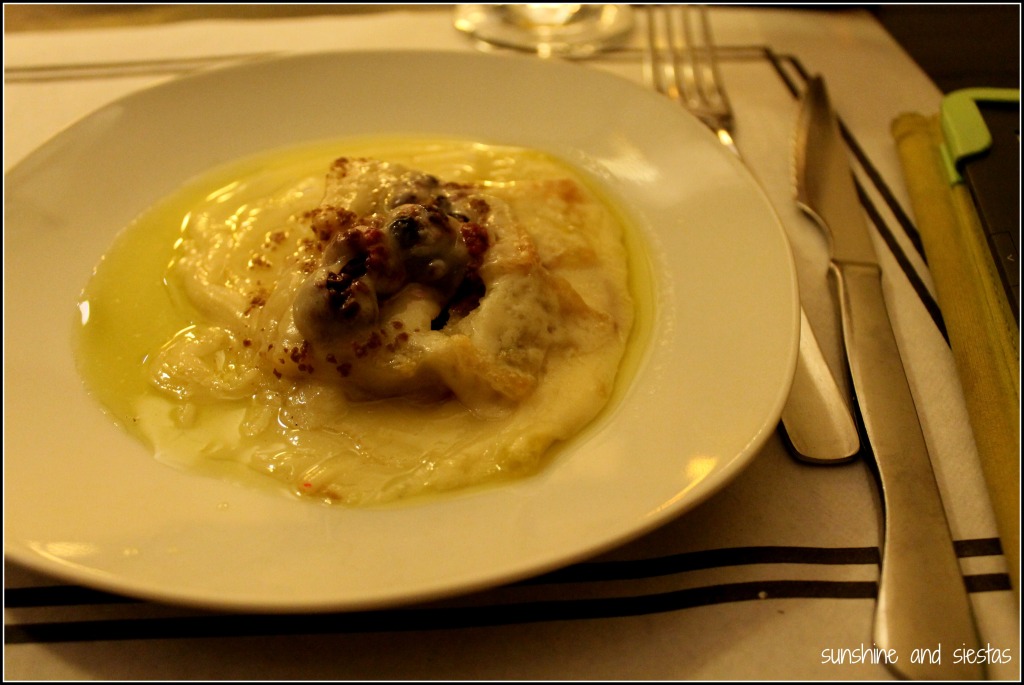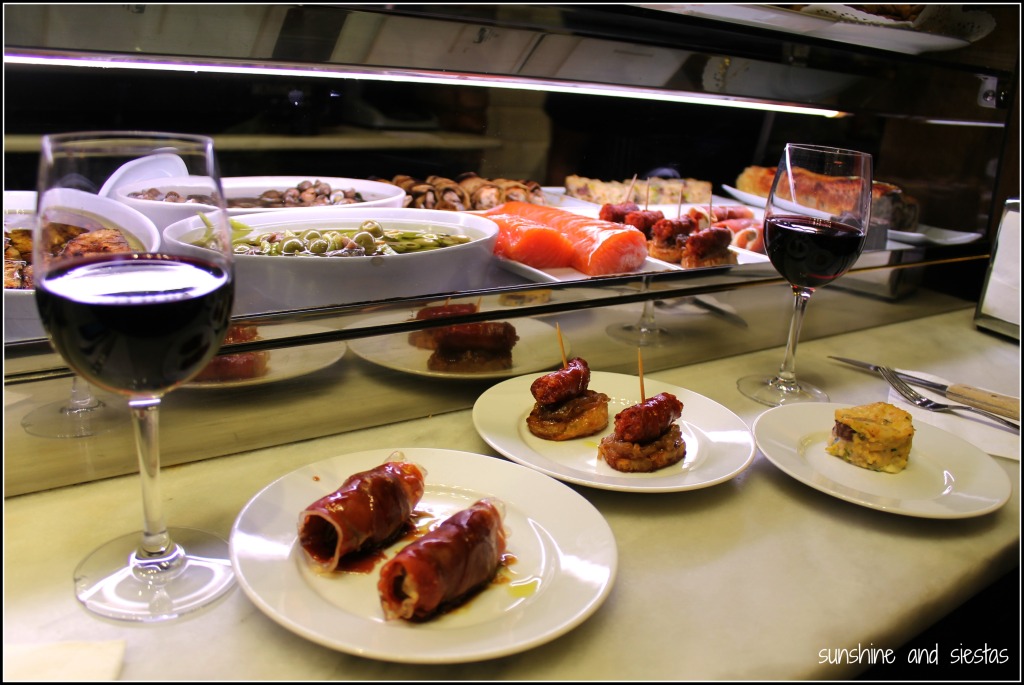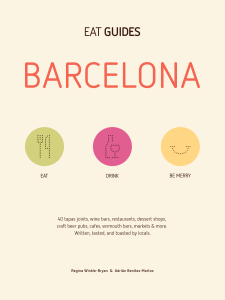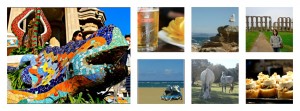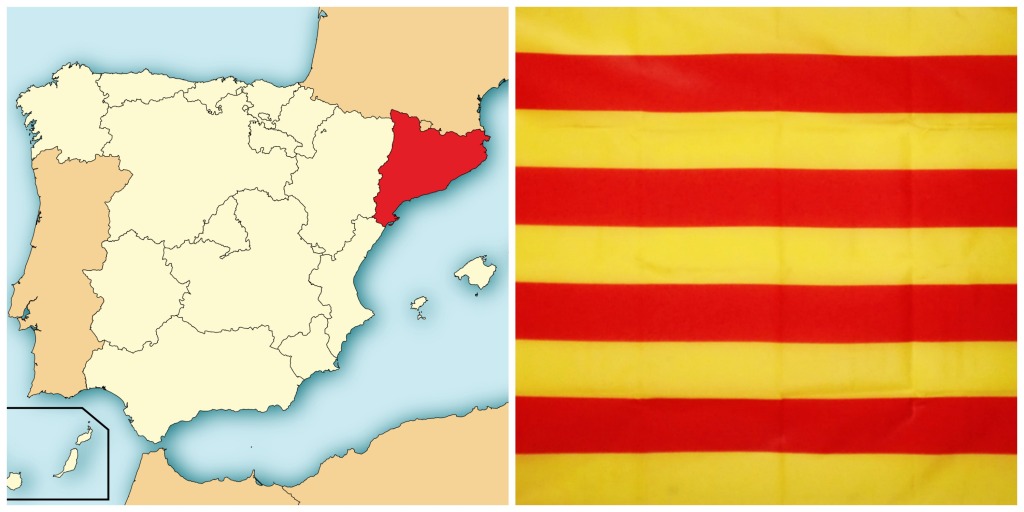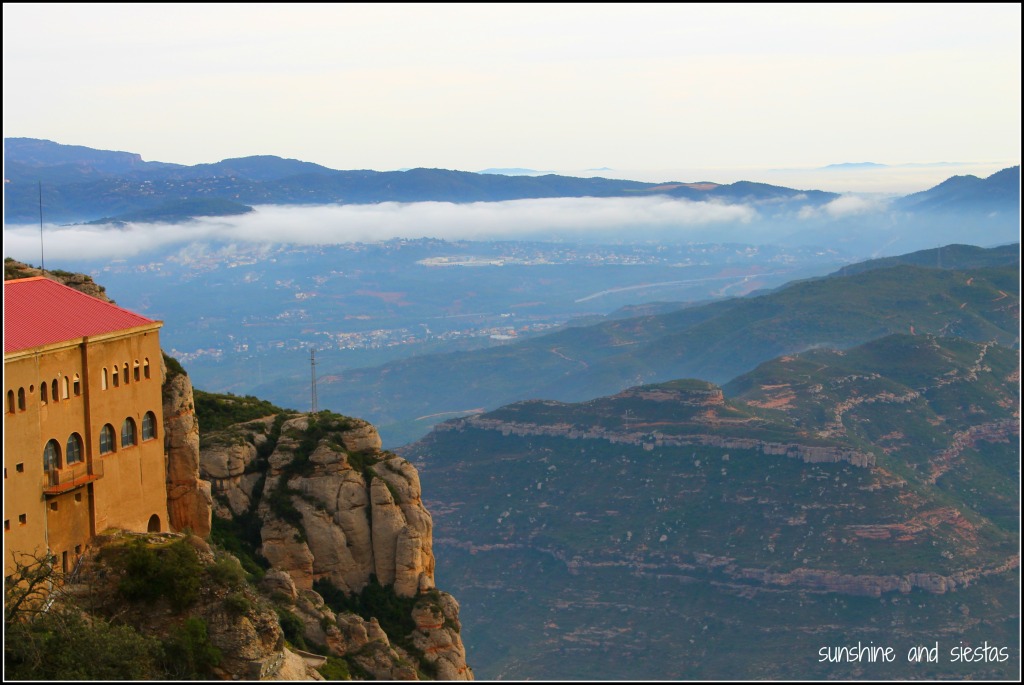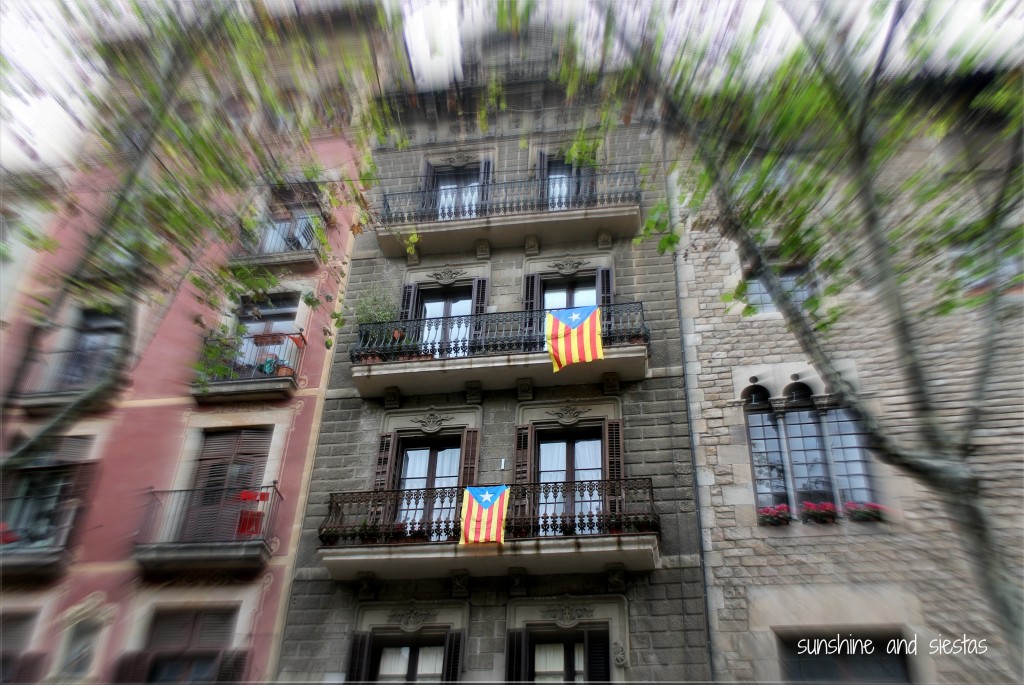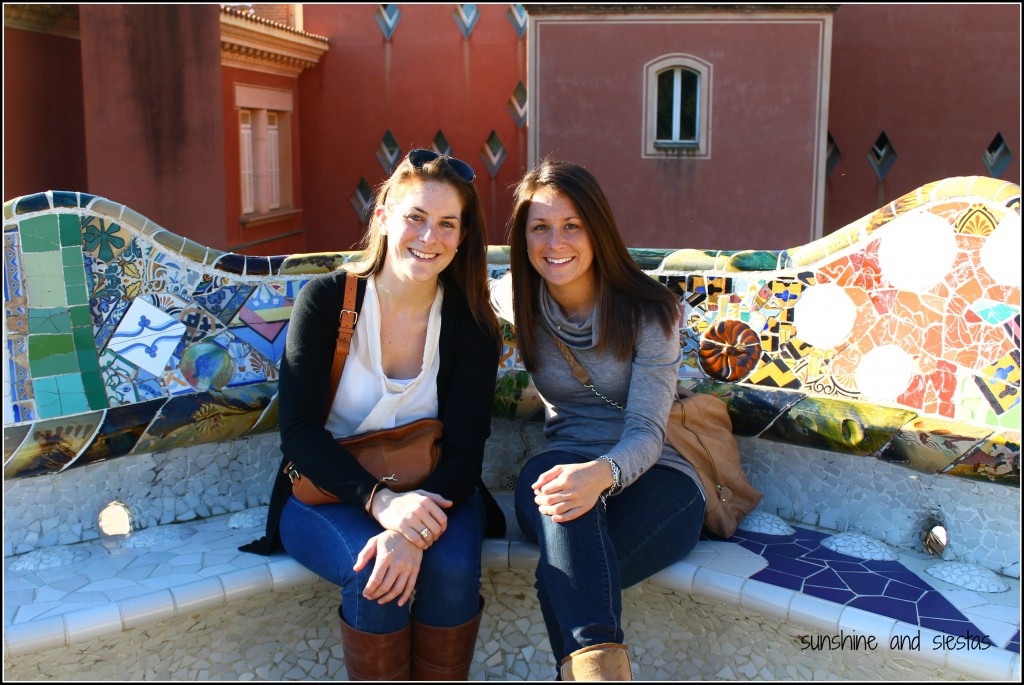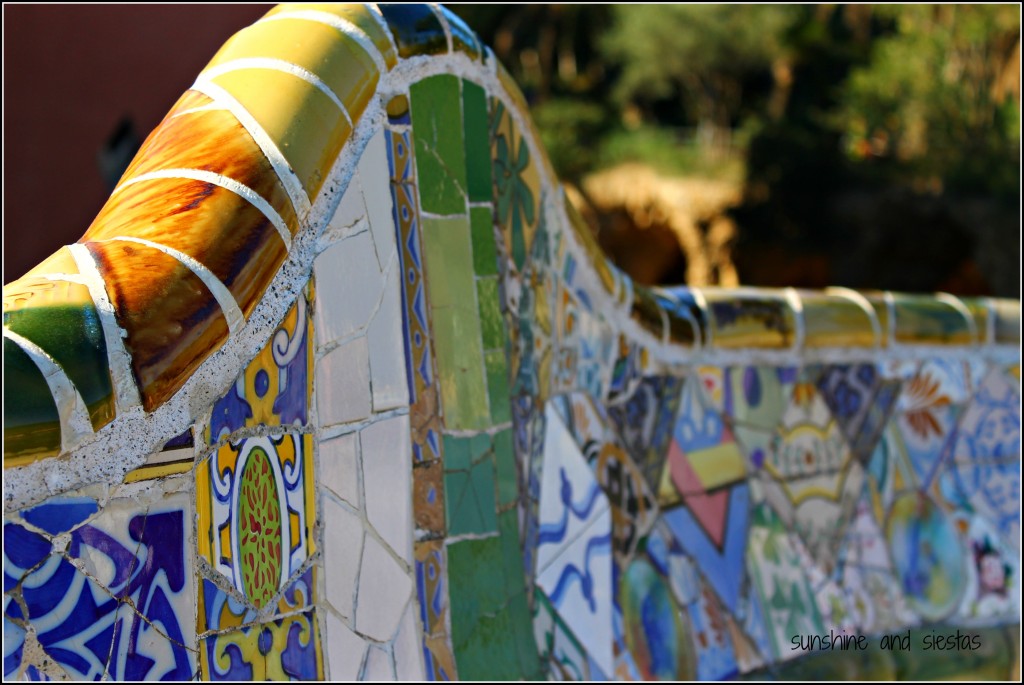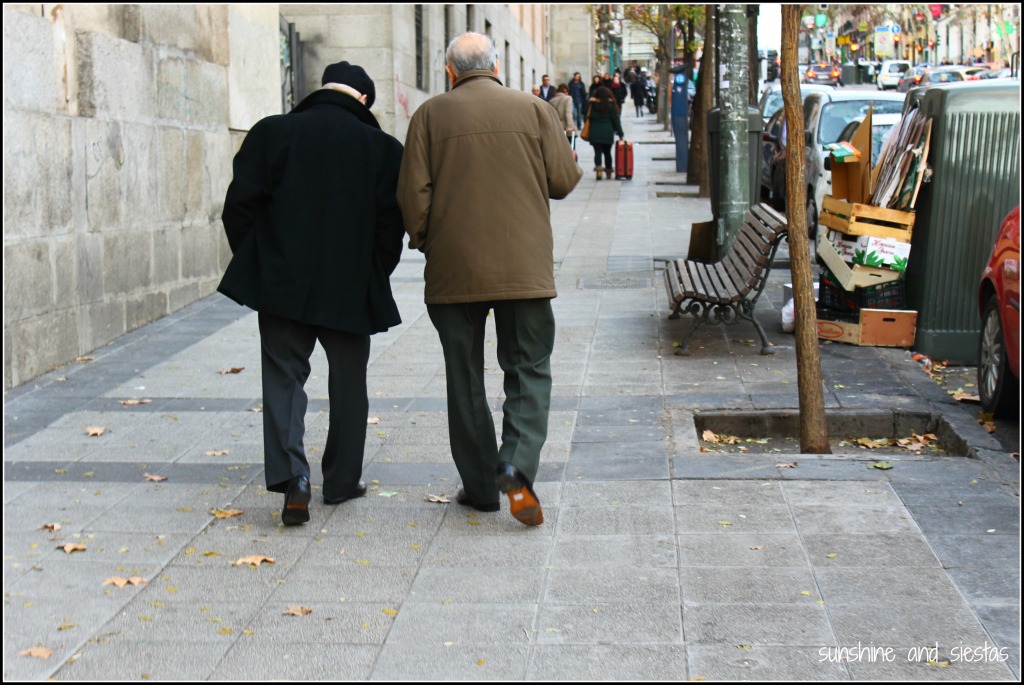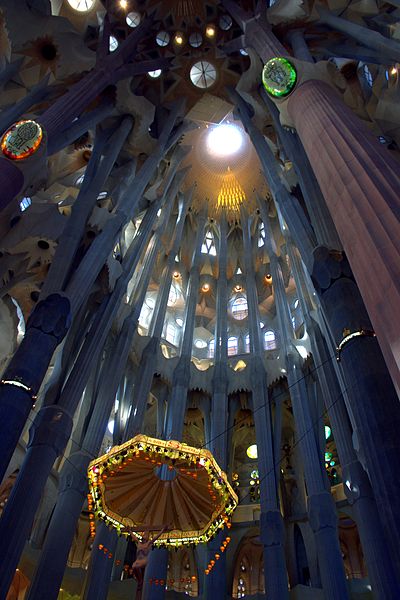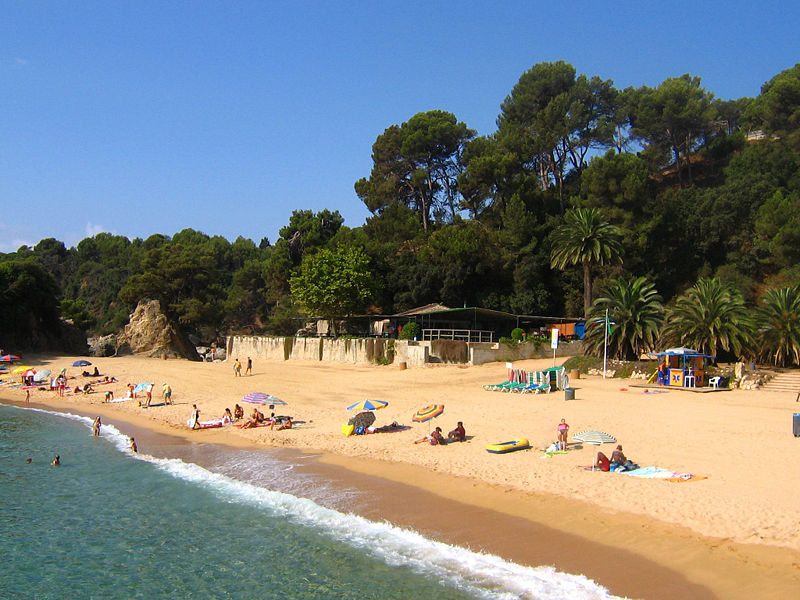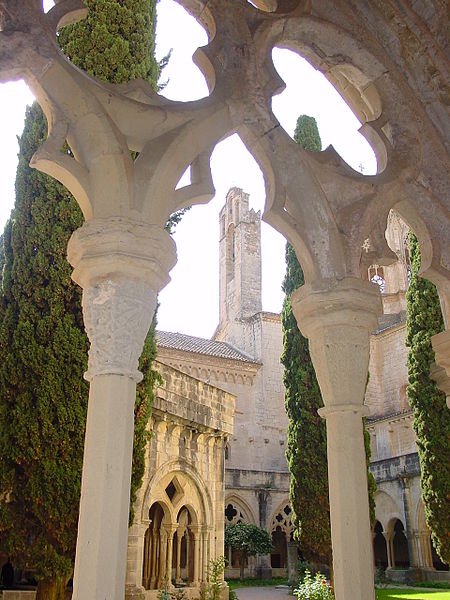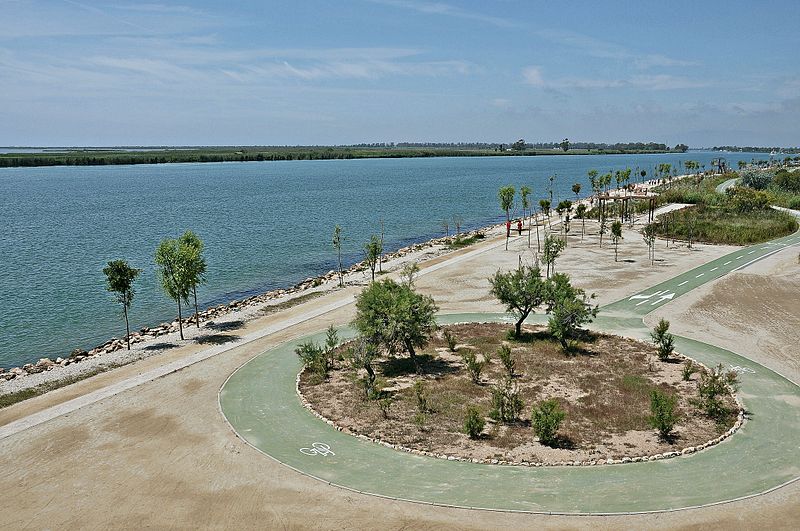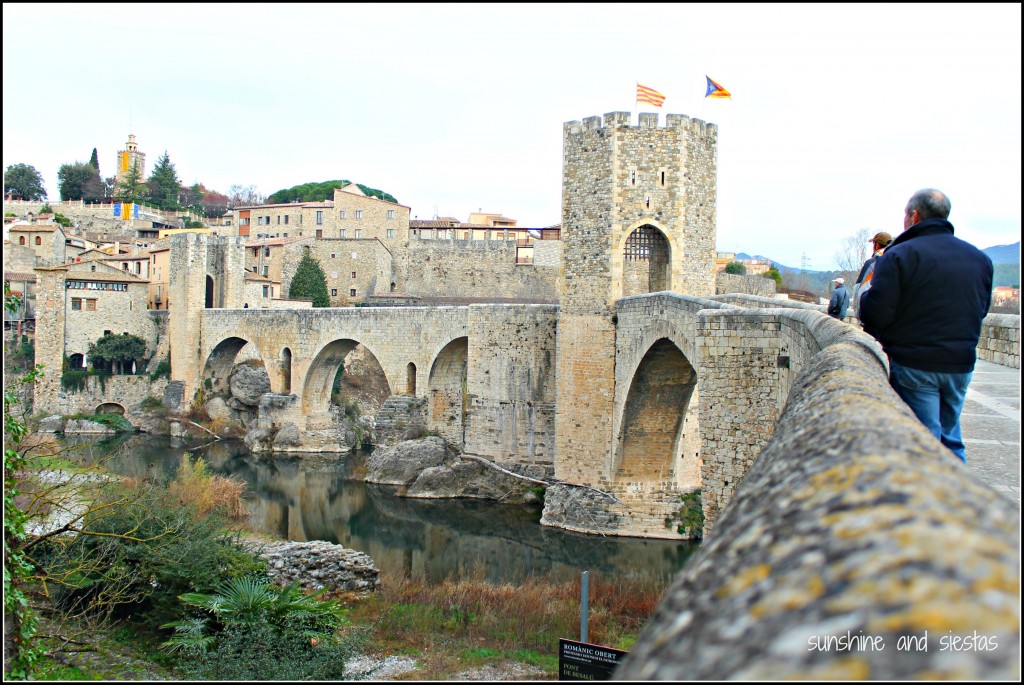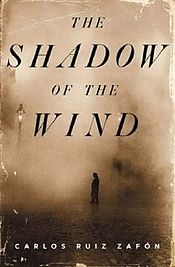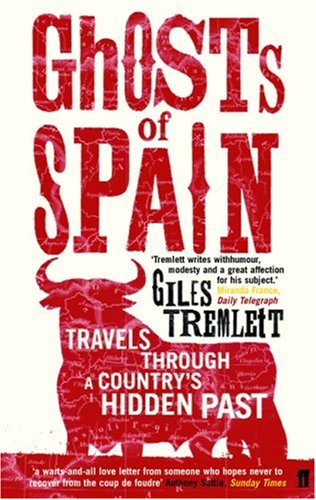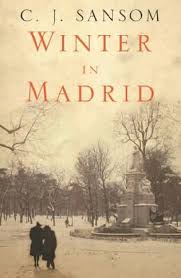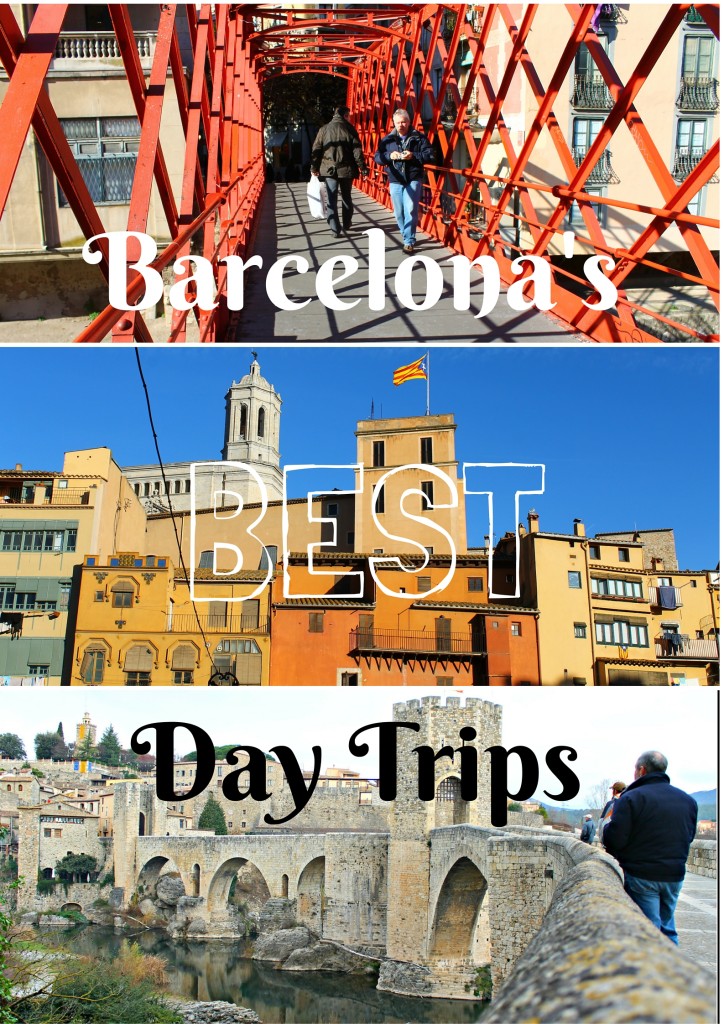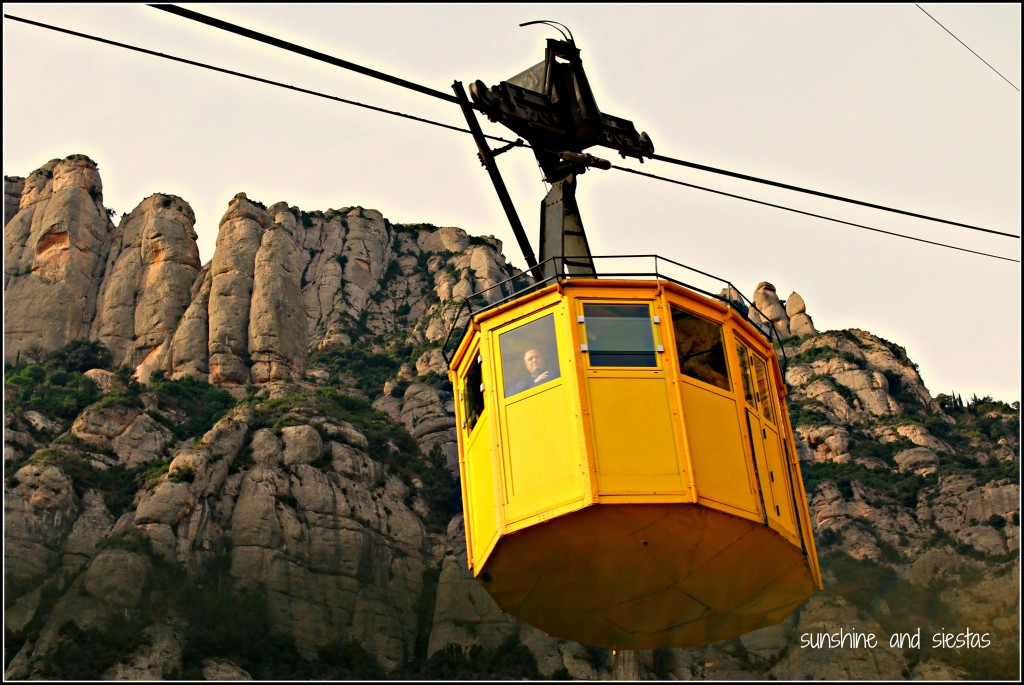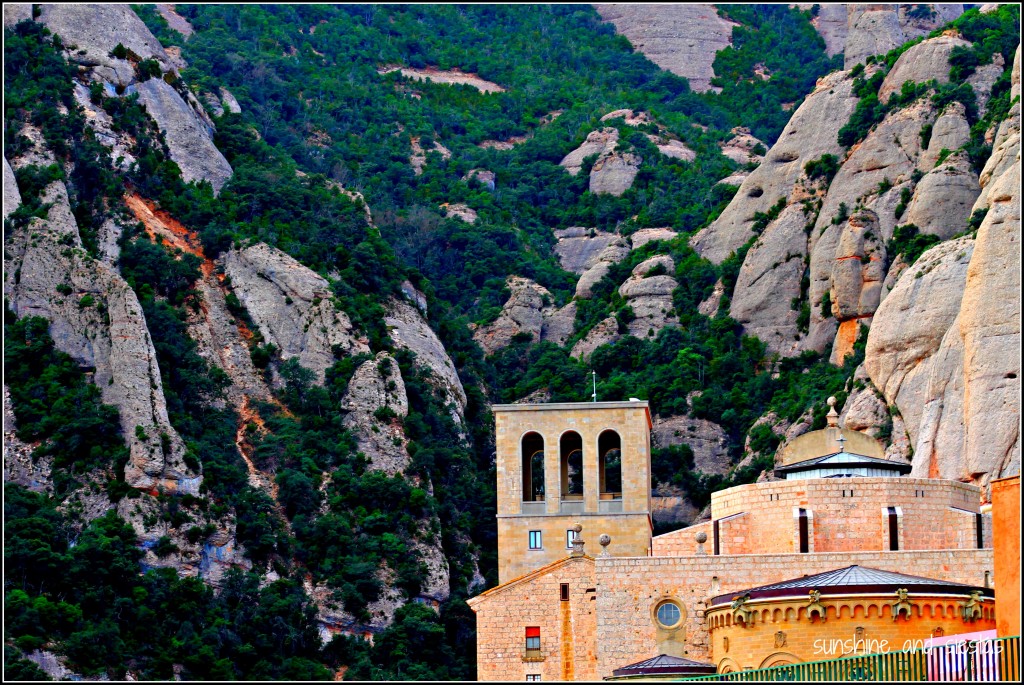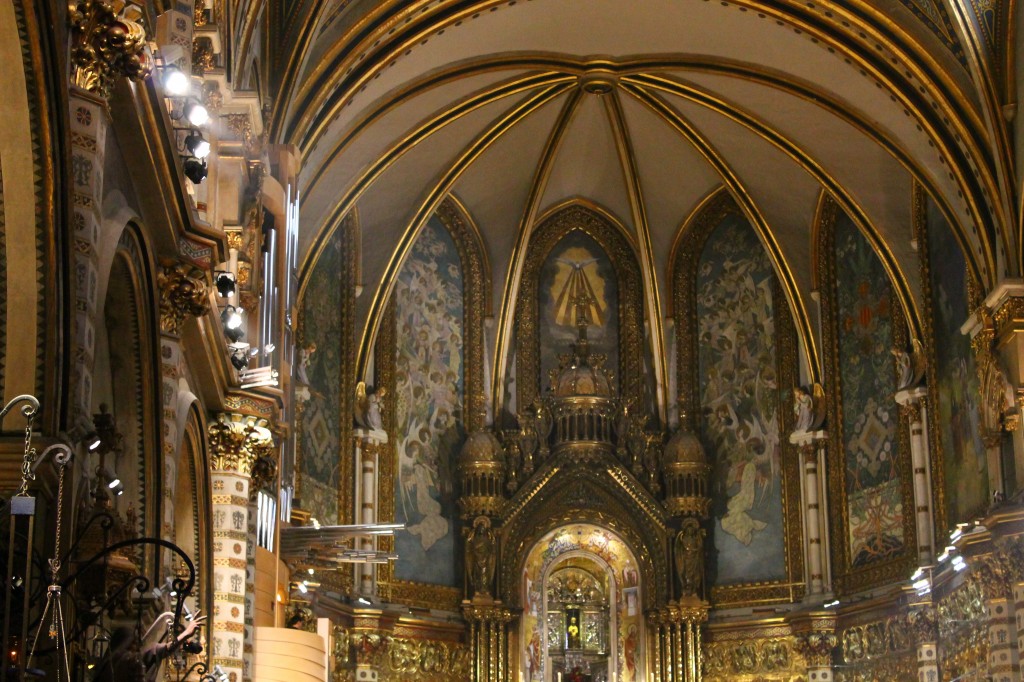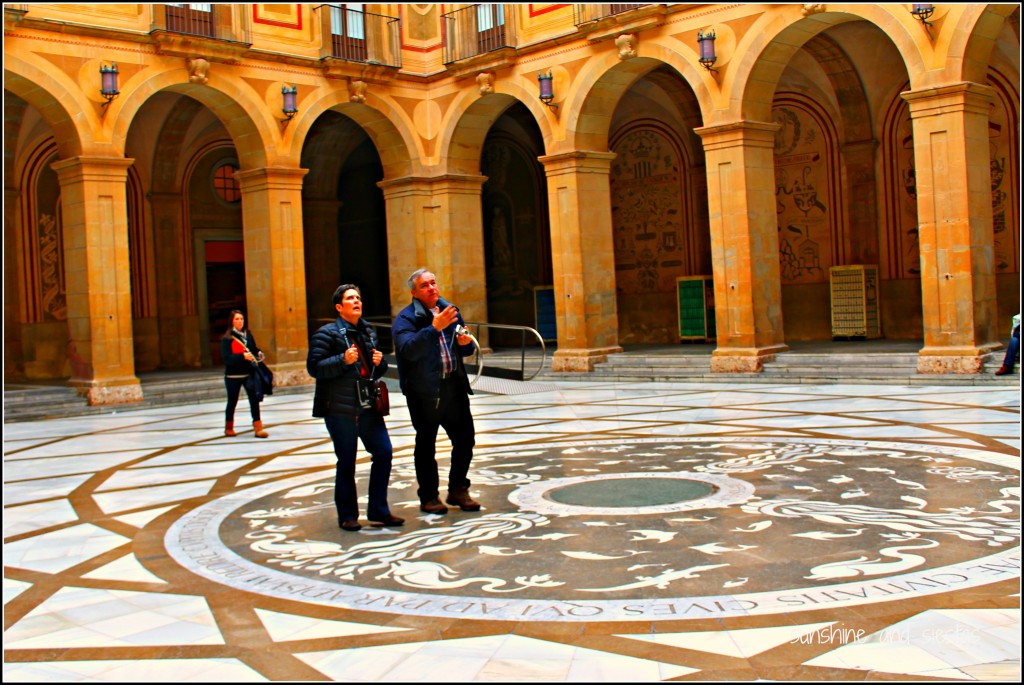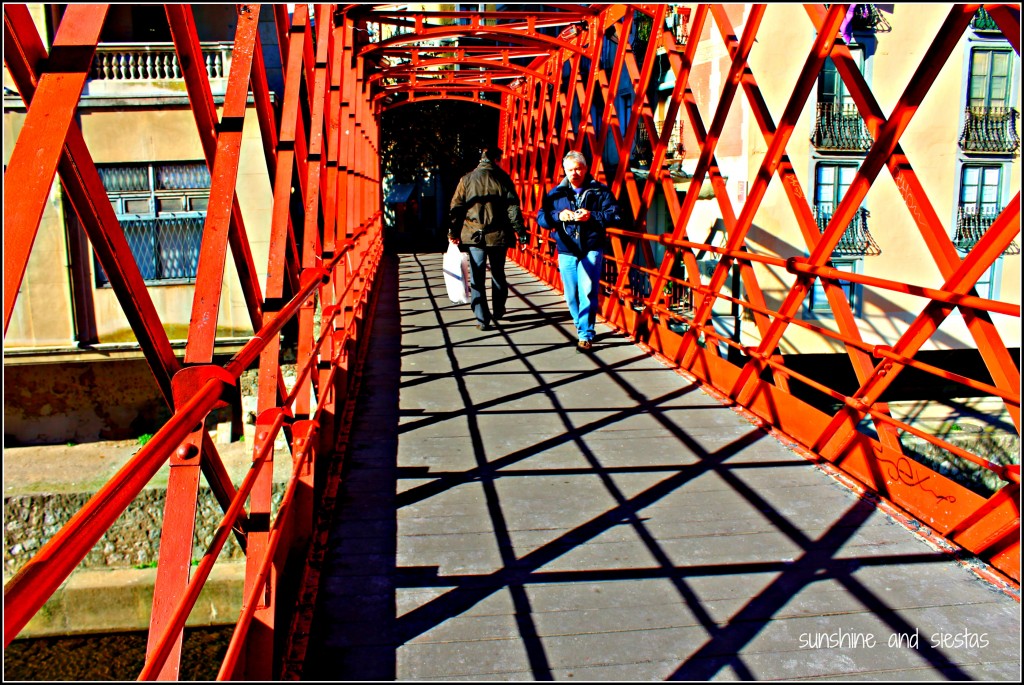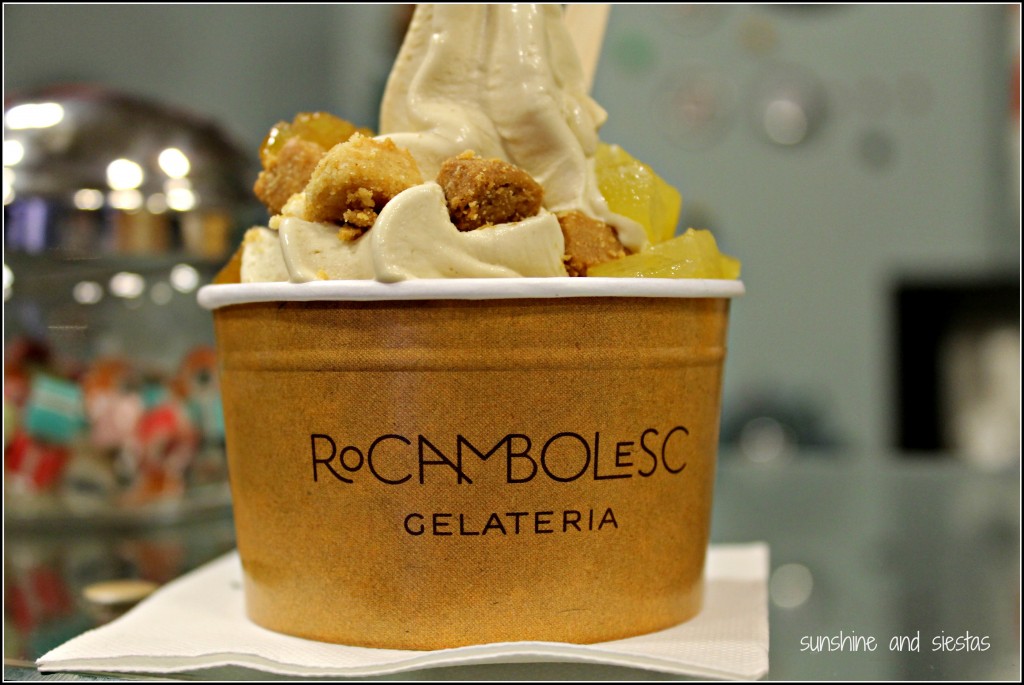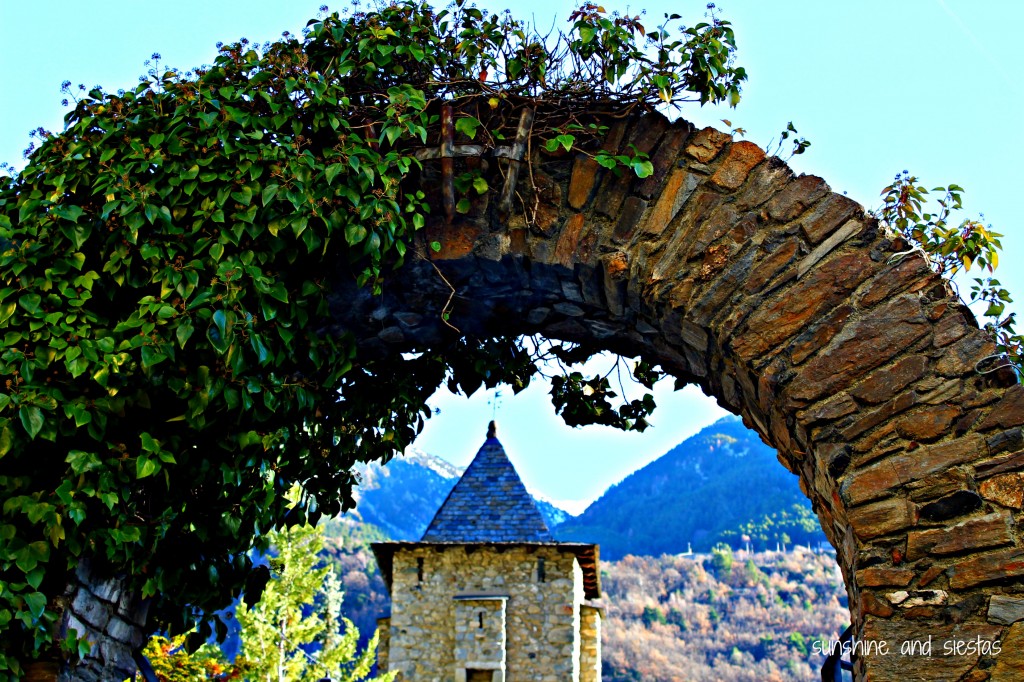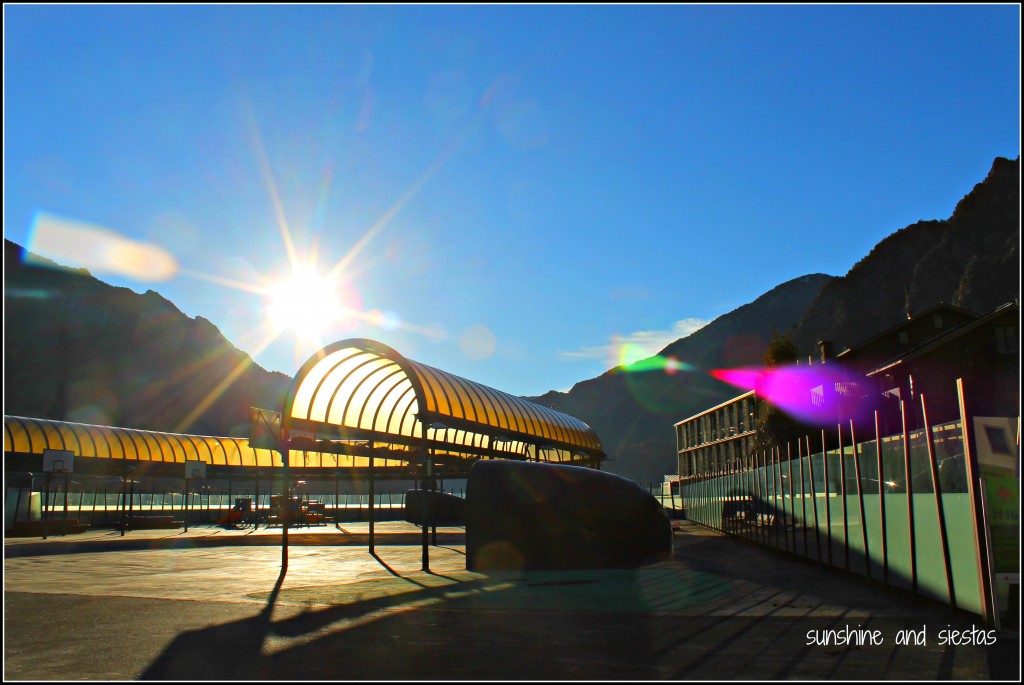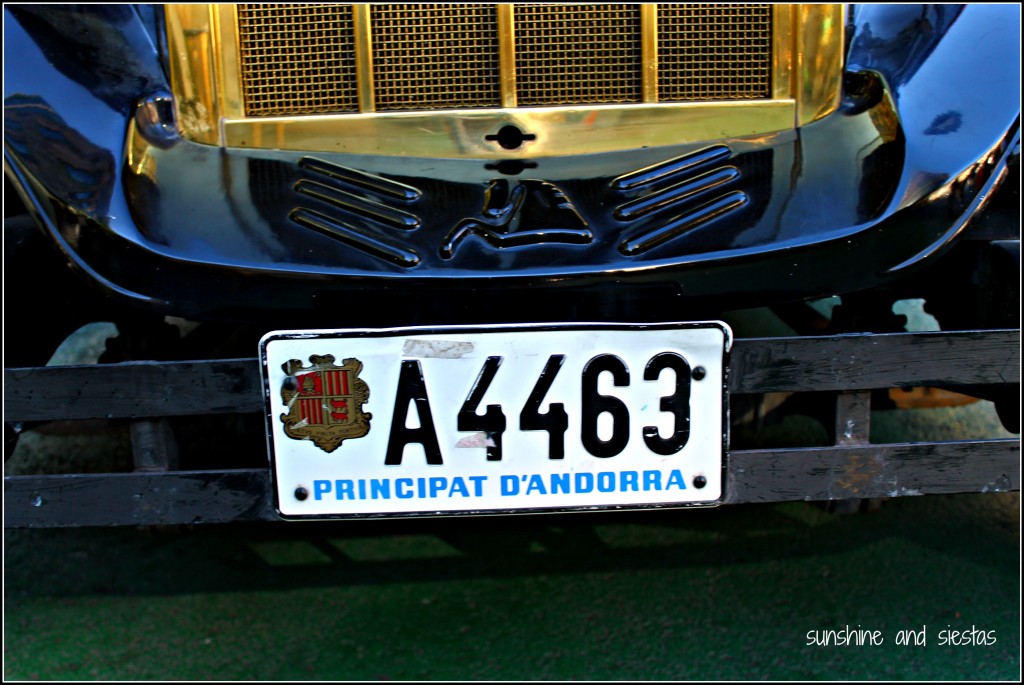Food in Barcelona has always made me skeptical, despite a rich culinary history and the production of several globally recognized chefs. I’ve been to La Ciutat Comptal half a dozen times, but couldn’t recall being impressed by much, save a seafood paella in Barceloneta before I’d tried the real thing.
So I left it up to the experts – my friends at Devour Barcelona Food Tour. I’d taken their pilot tour in Madrid and knew that founders Lauren, Alejandro and James appreciated not just the food itself, but the person behind the dishes, making the tour a perfect mix of cultural, gastronomical and historical.
Renée met us on a blustery January morning on Passeig de Gràcia. Being the force behind Devour Barcelona is her dream job. She immediately gave us a hand out that detailed what we’d be eating on the four-hour tour, but I preferred to be surprised.
The tour seemed to get off to a slow start. Apart from walking about ten minutes towards the Grácia neighborhood, we began with a pastry. Admittedly delicious, it didn’t tell me much about Spanish cuisine, much less Catalan. And once we reached Gràcia, a neighborhood that feels like a small city itself, our trip to the market yielded two more Spanish staples.
We hit the 10am mark and Gràcia began to wake up – and we got a real taste for Catalan gastronomy.
Botifarra sausage sandwich with cava
Bar Pagés welcomed us into a shabby chic bar with round wooden tables, comfortable arm chairs and a smashing wine selection. The family behind Casa Pagés, a family restaurant in the same neighborhood, opened this smaller snack bar, which looks like the hybrid of a wine bar and coffee shop.
Renée told us about cava, the “confused cousin” of champagne. Made mostly in the Penedès region of Catalonia, cava uses grapes native to Spain like Macabeo, Xarel.lo and Parellada. And the reason it’s so cheap? Cava is the region is largely produced by machines! And it’s also a standard morning drink, the way anisette is in Andalucía, so bubbly for breakfast didn’t feel strange.
After we’d been poured a glass and toast, our second breakfast was served: a simple botifarra sausage sandwich with roasted green pepper and crushed tomatoes. Simple, hearty and crazy delicious.
Bomba de Barcelona and Pa amb Tomaquet at La Anxoveta
Like many, Carlos and his wife found themselves out of work when the crisis hit. They decided to take over a neighborhood bar called La Anxoveta and breathe life into catalan food staples. Here we’d be sampling two more heavyweights of local gastronomy: pa amb tomàquet and bomba de Barcelona.
Carlos came out with his hands practically talking for him as he rattled off questions to us. He explained the pa amb tomàquet as Renée translated that this simple dish that was once a poor man’s breakfast has become one of the region’s most beloved foods. He cut two slices of pan de cristal, a thin, rustic piece of bread, then showed us how to add the tomato, olive oil, garlic and salt so we could do it on our own.
Next out came the bomba, one of Barcelona’s signature tapas. Born out of a bored cook with a revolutionary streak, María Pla invented the bomba in the 20s as a response to the anarchist violence playing out in the street. The weapon of choice was a cast iron ball with explosives inside that had to be lit with a fuse. Pla’s neighborhood of Barceloneta was a hotbed of activity, and her playful take on food and history has endured.
Renée claims the bomba at La Anxoveta is the best in the city – it’s like a glorified croqueta with potato and ground beef, sitting on a bed of spicy tomato sauce and topped with a garlicky alioli sauce.
Almond pastry at Syrian bakery Príncipe
Our walk continued through Gràcia. This part of the city was once a separate village and home to holiday villas; with the industrial revolution, the city’s population surged, and L’Eixample was born. Gràcia was swallowed up by the city, but the barri is like a whole different city surrounded by a city, much like my Triana.
Gràcia has also opened its arms to foreigners, both domestic and international, and the streets are lined with boutiques and restaurants, snack bars and pastry shops with international fare. Mustafa is one of Gràcia’s business owners, a Syrian national who came to Barcelona on holiday and decided to set up shop. He was a man who spoke very little on his visit, but I left wanted to give him a hug.
Mustafa’s pastry shops is simple – it is clean, smells faintly of honey and offers only the Syrian pastries to patrons and to Middle Eastern restaurants around the city. We could choose one, and given how perfect each one of them looked, it wasn’t easy. I watched as the other four chose chocolate or honey confections, but I took a small one with almond. Growing up across the street from a Greek family, I’d loved baklava from a young age, and the almonds coated in honey and the flaky pastry layers had me back on Silverthorn Drive.
Vermouth at C’al Pepe with boquerones en vinagre
It’s almost inevitable – at 1pm on a Saturday, my body needs a cerveza. When Renée suggested going for a drink in the sun-drenched Plaza de la Virreina, I knew she’d take us somewhere great. Up the hill towards Gràcia, she confessed that finding C’al Pepe – or Joe’s House – was a totally lucky find.
Catherine and I were psyched – Joe’s Place is the de facto Old Man Bar of our college town – and C’al Pep did not disappoint. There was no bar, no menu, no other guiris in sight. Rafa had taken over from the original Pep and strove to maintain the bar’s ambience. It truly had the hallmarks of an old man bar: old vermouth posters hung on the walls, yellowing at the edges. Siphones and old Westerns on the TV. We even had the requisite Spanish abuelos at the end of our table.
We were served a glass of sweet vermouth with fuet sausage and pickled anchovies. Between the bar, the company and the snacks, I had fallen in love with Cal’s bar, Gràcia and perhaps even softened my hard feelings for Barcelona’s food scene.
After one last dessert and a coffee, we did as the Spaniards did – lay down for a nap and let the food coma pass.
Devour Spain food tours graciously let me chow down for free, but all opinions and calories consumed are my own!
Have you ever eaten well in Barcelona? Check out my other recommendations for food and a chance to win an eBook from Eat Guides Barcelona!
